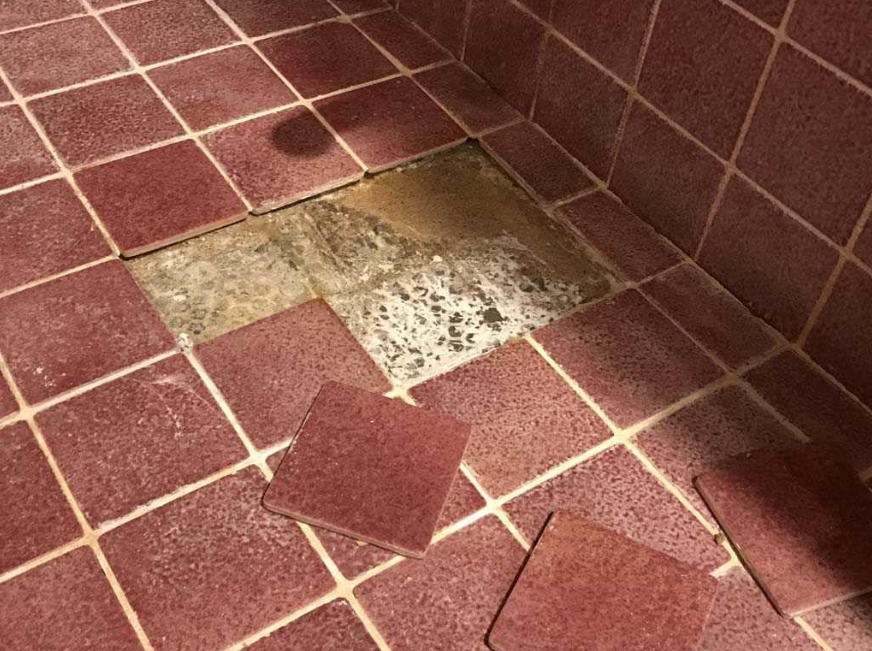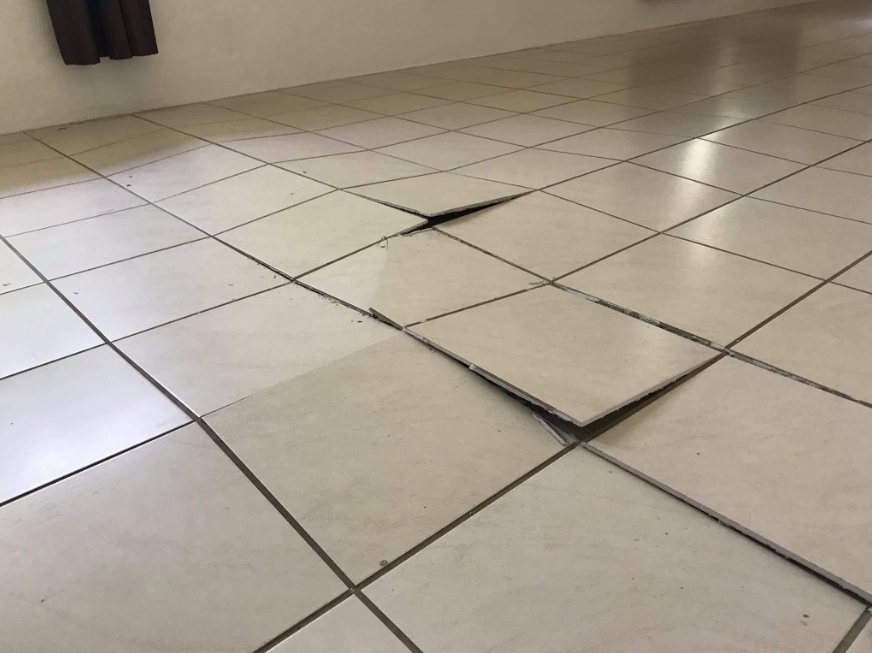We all know that Loose floor tile repairs are a very common type of tile that can be found in many homes. They are used for a variety of purposes and can be found in bathrooms, kitchens, and more. These tiles are also extremely durable and can last for years if properly maintained.
However, sometimes they do break or crack due to normal wear and tear or other reasons. This article will discuss three things you should consider before doing loose floor tile repairs.
First, you need to determine how much damage has been done to your floor tiles. If the cracks are small and do not go all the way through the tile then you can use a grout repair kit to fix them instead of replacing them entirely.
If there is extensive damage such as cracks going all the way through the tile then it may be best to replace them with new ones instead of trying to repair them yourself.

Here are three things you should consider before embarking on your loose floor tile repairs:
- Do you have the right tools?
- What kind of glue should you use?
- How much time do you have?
Loose floor tiles are not only annoying, but they can also be dangerous. If you have loose floor tiles, you should consider taking the following three steps before doing any repairs:
Check for Damage
If you observe loose tile repair, it may be because there is some sort of damage to the tile itself that makes it hard for the tile to stay in place. It could be that the adhesive between the tile and its backing has failed, or it could be that the glue holding together multiple pieces of the tile has failed.
Either way, if you want to fix your loose floor tiles, you’ll need to find out what exactly is causing them to come up and then repair it accordingly.
Clean Up Any Dust or Debris
Before doing any type of loose floor tiles repair, make sure that there isn’t any dust or debris sitting on top of them—this could cause further damage when pressing down on them during installation or removal processes. It’s best to use a vacuum cleaner with an upholstery attachment.
If available to get rid of any excess dust from around your tiles; then use a damp cloth with water and mild soap (or just plain water) to clean off any dirt or grime from their surfaces individually.”
For more information visit our website!

